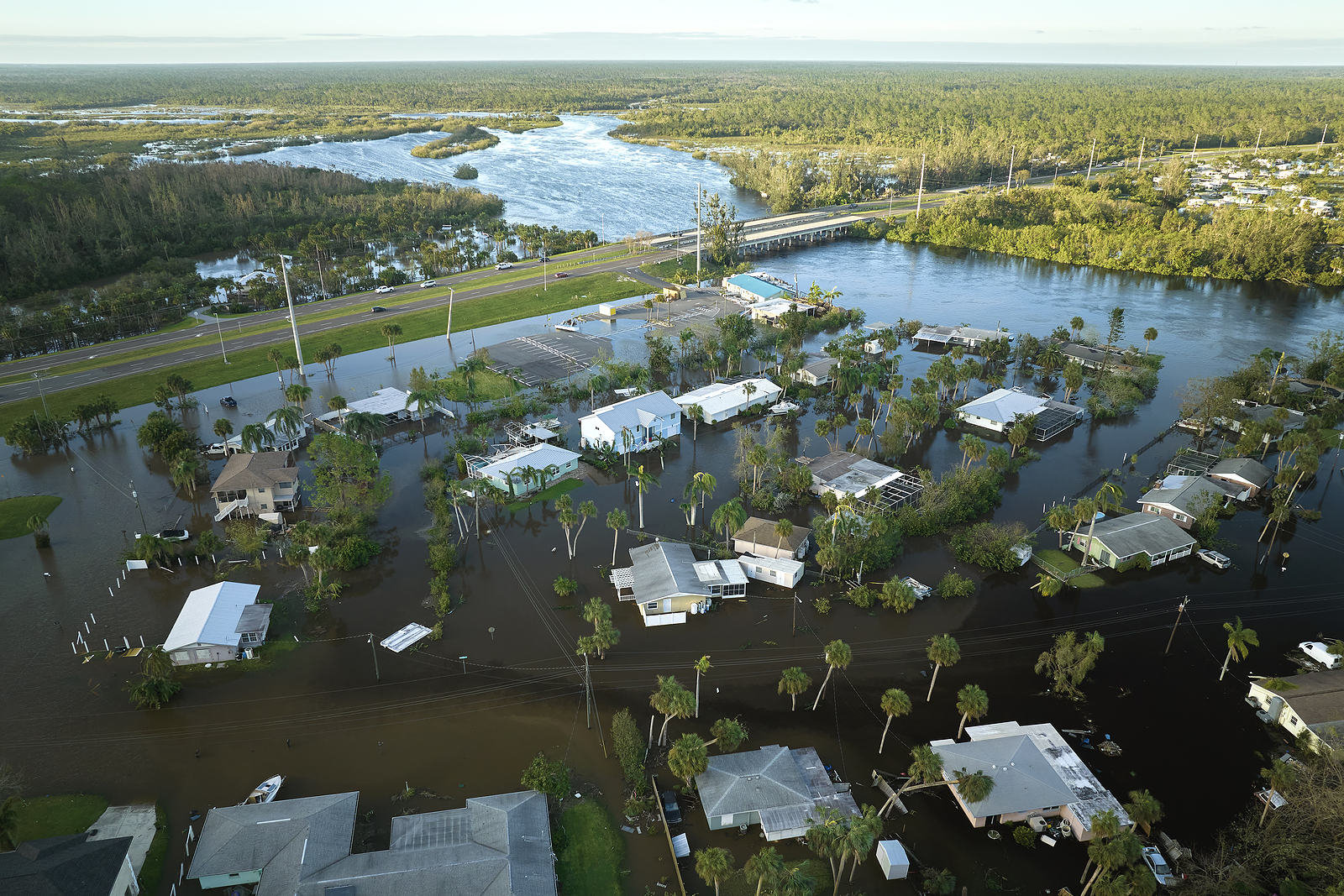While Hurricane Ian made landfall in Florida nearly a month ago, the storm’s effects are far from over. Katie Oldaker of Catholic Charities USA joins the show to discuss the recovery process and how long it often takes.
Katie is the Senior Director of Disaster Strategy & Grant Oversight for Catholic Charities USA, and she supports their network through both immediate and long-term disaster planning, as well as implementing disaster-related programs and services. She also works closely with the federal and non-profit sectors during and following a disaster.
The Catholic Charities network is comprised of independent agencies across the country, and she describes how each is set up a little differently. After a disaster, Katie and her team train the local network that is affected and provide support when needed. She says, “Long-term recovery can take so long, that’s why we give it that term. Three to five years is not abnormal. And with this size of hurricane, I can see it going much longer just because of the amount of damage and people affected.”
RELATED: Finding Moments of Hope in the Storm
Father Dave asks what misconceptions people often have about recovering from a natural disaster. Katie says, “I don’t think most people understand it to begin with. A lot of times they’re like, ‘FEMA is going to come in and rebuild my house,’ and in reality, there’s a max grant that you can receive from FEMA.” She says that this grant can help with repairs, but in many cases it is not enough to rebuild a house.
In these cases of severe damage or when a home is entirely lost, specialty agencies, like Catholic Charities USA, will walk a family step-by-step through the process of what to do next. Katie says that the first step is as basic as “figuring out where they’re getting dinner from” or “where they are staying tonight.” Katie defines the longer process as individual case management and says, “It’s not just focusing on the disaster and how that affected you. We’re also looking at any underlying issues.” Some issues include job training and immigration status.
As Brett studies to earn his Master’s in Social Work, he notes how he’s learning about “collective trauma” at sites of disasters and how it can lead to issues for multiple generations. He says, “If you don’t have a house or a functioning house, that impacts all the rest of the angles of your life. Everything falls under the safety of that first and foremost, and then you work from there. It’s the infrastructure of one’s life.”
RELATED: Showing Up — Days, Months, Even Years After a Disaster
In addition to Hurricane Ian, Katie also explains what she calls “silent disasters” or tragic events that do not tend to receive national coverage. “There are hundreds of those every year,” she says. “We did 75 [small] emergency grants last year…that’s for everything from wildfires through hurricanes, to local little flooding events that maybe only affected 10 houses. But to that area, that’s a disaster.”
To learn more about how you can help with Hurricane Ian recovery or any other disaster relief, visit CatholicCharitiesUSA.org.
